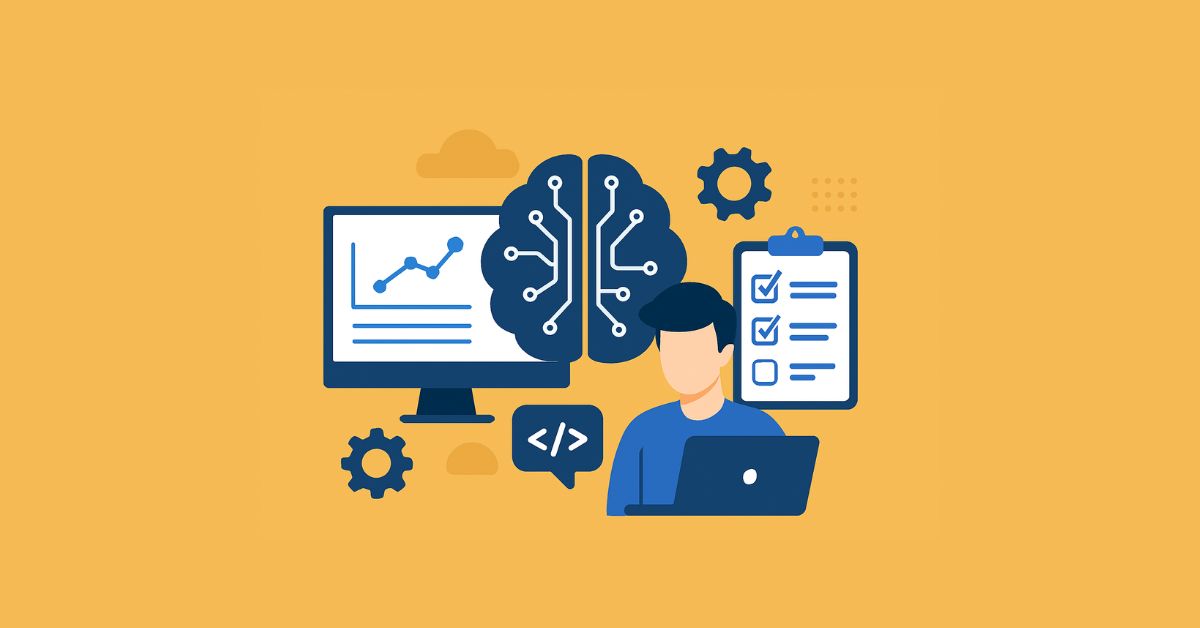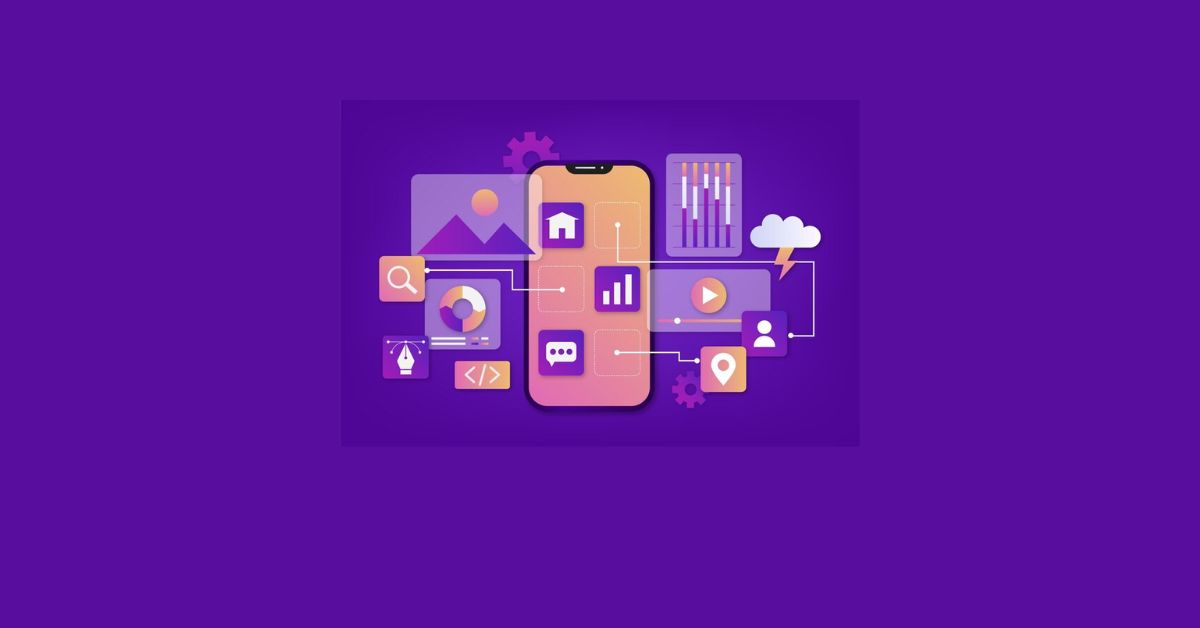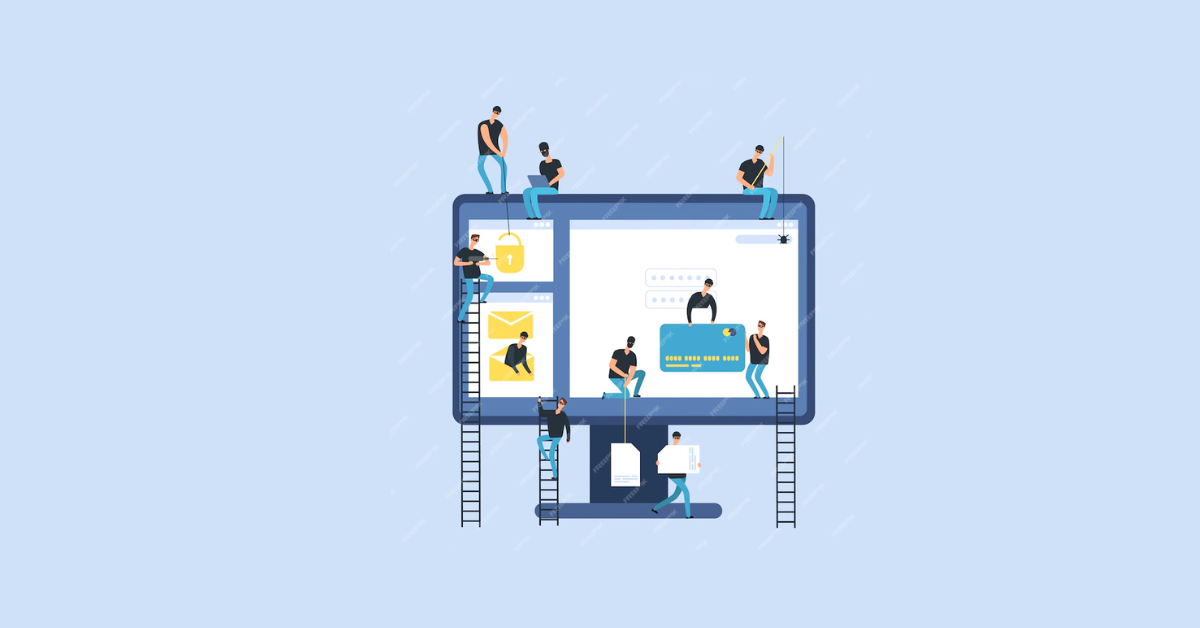What’s Inside
Artificial Intelligence (AI) has shifted from speculative fiction to everyday reality, reshaping how businesses function. Enterprises now use AI to streamline operations, make complex decisions with accuracy, personalize customer experiences at scale, and even unlock new revenue streams.
Still, a big question lingers in boardrooms: What does it really take to build an AI project, and how does it impact business outcomes?
In this guide, we’ll cover the AI development methods, tech stack, pricing models, and ROI in detail. You’ll also find links to deeper resources on specific topics like types of AI models, best tools, and choosing the right development partner. By the end, you’ll have a clear view of how AI fits into your strategy, what it takes to build AI solutions, and how to measure their success.
- What Is AI Development?
- AI Development Methods
1. Rule-Based Systems
2. Machine Learning (ML)
3. Deep Learning (DL)
4. Reinforcement Learning - The AI Tech Stack
1. Programming Languages
2. Frameworks and Libraries
3. Cloud Platforms
4. Data Tools - AI Development Process
- Pricing Models in AI Development
1. Fixed Price Model
2. Time and Material Model
3. Dedicated Team Model - ROI of AI Development
- How Businesses Should Approach AI
- Challenges and Considerations in AI Development
- Future of AI Development in 2025 and Beyond
- Final Thoughts
What Is AI Development?
AI development is the process of designing and deploying systems that can mimic human intelligence. Unlike traditional software that only follows pre-coded instructions, AI solutions can analyze data, recognize patterns, and make decisions on their own.
For example, an AI-powered chatbot doesn’t just respond with pre-written answers. It learns from past conversations, understands the intent behind customer queries, and gives personalized responses. That’s the power of AI—adaptability and continuous learning.
Working with an experienced AI development company ensures that businesses can move beyond experimentation and implement AI solutions that deliver measurable outcomes.
AI Development Methods
There isn’t a single way to build AI. Different methods serve different needs. Let’s break down the main AI development methods:
1. Rule-Based Systems
This is the simplest form of AI. These systems rely on “if-then” logic. For example, a helpdesk bot could be programmed:
- If a customer asks how long delivery takes → Show the delivery FAQ.
- If a customer inquires about returning an item, → Share the return policy.
Rule-based AI works well for limited scenarios but struggles when customer queries are open-ended. It’s often used in smaller businesses where full machine learning isn’t necessary.
2. Machine Learning (ML)
Machine learning elevates AI by allowing algorithms to derive rules from data rather than requiring a human developer to compose every guideline. An ML model discovers patterns in historical input and computes the most likely future states.
For instance, an e-commerce company can use ML to predict which products a customer is likely to buy next based on past purchases. Banks use it to detect fraud by spotting unusual transaction patterns.
This method is popular because it continuously improves as more data becomes available.
3. Deep Learning (DL)
Deep learning is a subset of ML that uses multi-layered neural networks to solve very complex problems. It’s the technology behind image recognition, speech-to-text, and natural language processing.
For example, when you upload a photo on Facebook and it automatically tags your friends—that’s deep learning in action. Businesses use it for voice assistants, autonomous vehicles, and medical image analysis.
4. Reinforcement Learning
This method trains AI agents through trial and error. The system receives “rewards” for good decisions and “penalties” for wrong ones, gradually learning the best approach.
It’s widely used in robotics, gaming, and recommendation engines. Netflix, for example, refines its movie recommendations by analyzing what users watch versus what they skip.
Choosing the right AI development method depends on your goals, data availability, and required level of intelligence.
👉 For a detailed breakdown of these approaches, see our guide on What are AI Models: Types & Examples of AI Models
The AI Tech Stack
Building AI solutions isn’t just about choosing a method. You also need the right AI tech stack—the set of tools, frameworks, and platforms that power development.
1. Programming Languages
- Python: The most popular language for AI, thanks to its large collection of AI libraries (TensorFlow, PyTorch, Scikit-learn).
- R: Preferred in data-heavy industries like finance and healthcare because of its statistical capabilities.
- Java and C++: Used when performance and scalability are critical.
👉 Dive deeper into the best programming language for AI development.
2. Frameworks and Libraries
- TensorFlow and PyTorch: Power deep learning models.
- Keras: Provides a simpler interface for quick AI model development.
- Scikit-learn: Used for classical machine learning techniques like regression, clustering, and classification.
3. Cloud Platforms
Cloud providers like AWS,AI/ML, Google Cloud AI, and Microsoft Azure AI provide scalable computing power, pre-built AI services, and easy integration with existing systems. For many businesses, this is more cost-effective than building infrastructure in-house.
4. Data Tools
High-quality data is the backbone of AI. Tools like Pandas and NumPy help with preprocessing, while Apache Spark enables big data processing across distributed systems.
Selecting the right tech stack is not just about technology but also about your business’s scalability needs and budget.
👉 Want tool recommendations? Check out our list of the best AI development tools for web & software development.
AI Development Process
While each project is unique, most AI initiatives follow a similar process:
- Problem identification
- Data collection and preprocessing
- Model building and training
- Testing and validation
- Deployment and monitoring
👉 For a detailed walkthrough, see A Step-by-Step Guide to AI Development Process in 2025.
Pricing Models in AI Development
Budgeting is often one of the first concerns when a business considers AI. The cost of AI development depends on complexity, the chosen tech stack, and the pricing model.
Here are the common AI development pricing models:
1. Fixed Price Model
- Best for small projects with clearly defined requirements.
- You agree on a cost upfront, and the project is delivered within that scope.
- Example: A chatbot for answering FAQs.
2. Time and Material Model
- Pricing depends on actual hours worked and resources used.
- Ideal for projects where requirements may evolve.
- Example: Developing a recommendation engine with continuous updates.
3. Dedicated Team Model
- You hire a dedicated AI development team that works as an extension of your in-house staff.
- Best for large or long-term projects where AI is a core part of your business strategy.
- Example: A healthcare startup building multiple AI-powered diagnostic tools.
Understanding these AI pricing models helps businesses choose what works best for their budget and goals.
👉 Choosing the right partner is just as important as selecting a model. Here’s how to choose the right AI development company for your business.
ROI of AI Development
The ROI of AI development is not always immediate, but it can be substantial if implemented strategically. Here’s how businesses typically measure AI development ROI:
- Cost Savings: Automating manual, repetitive tasks reduces staffing costs and errors.
- Revenue Growth: Personalized recommendations, dynamic pricing, and better customer insights lead to more sales.
- Operational Efficiency: AI-driven analytics speeds up decision-making.
- Competitive Advantage: Early adoption helps businesses stay ahead of the curve.
For example, retailers using AI-driven demand forecasting reduce inventory costs while increasing sales. Banks using AI for fraud detection save millions in potential losses.
The key is to align AI development projects with measurable business goals.
How Businesses Should Approach AI
AI is not about adding fancy technology—it’s about solving real problems. Businesses should begin with these steps:
- Define the Problem: What challenge are you solving? Is it customer support, fraud detection, or sales forecasting?
- Assess Data Readiness: Do you have enough quality data to train the model?
- Select AI Development Tools and Methods: Choose the tech stack and approach that aligns with your business case.
- Partner With the Right AI Development Company: Experienced partners can guide you through the complexities and ensure scalability.
A thoughtful approach ensures AI projects don’t just stay in pilot mode but deliver real-world results.
Challenges and Considerations in AI Development
While AI development offers significant benefits, businesses must also address certain challenges to ensure successful adoption. Some of the most common considerations include:
Data Privacy and Security
AI systems rely heavily on data, which makes privacy a top concern. Businesses need strong data governance policies and compliance with regulations like GDPR to protect customer information.Integration with Existing Systems
Many companies struggle to integrate AI solutions with legacy software and infrastructure. A well-planned integration strategy is essential to avoid disruptions.High Initial Investment
AI development can require substantial upfront costs for tools, infrastructure, and skilled talent. However, when implemented strategically, the long-term ROI often outweighs the initial expense.Shortage of Skilled Talent
Hiring data scientists, machine learning engineers, and AI specialists is increasingly competitive. Partnering with an experienced AI development company can help bridge this talent gap.Ethical and Bias Concerns
AI models may unintentionally carry bias from the training data, leading to unfair or inaccurate outcomes. Regular model audits and diverse data sources are key to building trustworthy AI solutions.
By understanding these challenges early, businesses can take proactive steps to overcome them and ensure their AI initiatives deliver sustainable value.
Future of AI Development in 2025 and Beyond
AI continues to evolve rapidly. Some of the key trends to watch include:
- Generative AI for content creation and innovation.
- Edge AI for real-time processing on devices.
- Responsible AI focusing on fairness, transparency, and compliance.
These innovations will shape how businesses scale AI across industries in the coming years.
Final Thoughts
AI development isn’t a one-size-fits-all process. The methods, tech stack, pricing model, and ROI all depend on your business goals and resources. With the right approach, AI can deliver powerful results—from reducing costs to driving innovation and gaining a competitive edge.
For businesses ready to take the next step, working with an experienced AI development services can ensure projects are not only technically sound but also strategically aligned with long-term goals.








